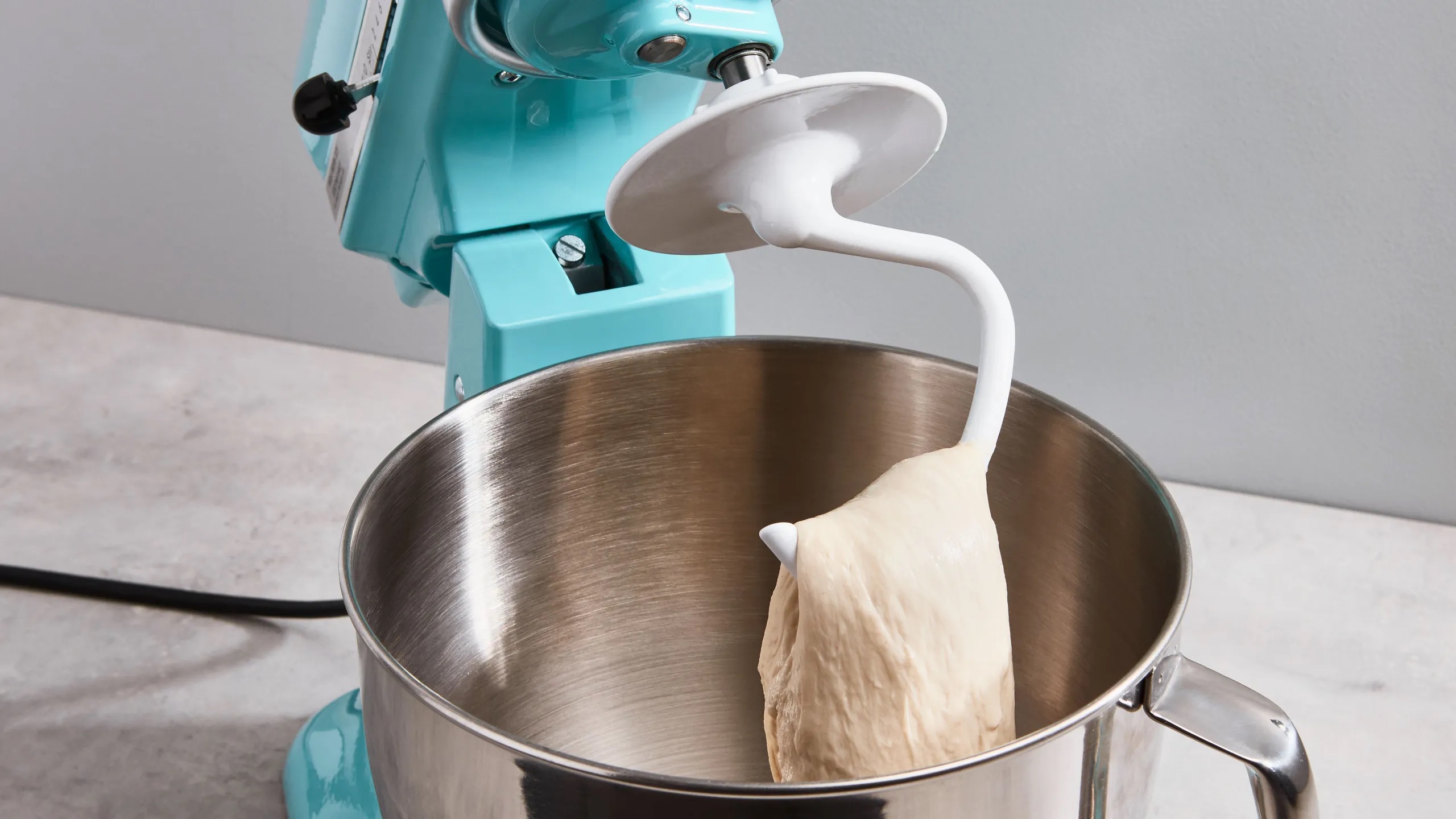

Articles
How To Knead Dough In A Stand Mixer
Modified: February 28, 2024
Learn how to knead dough in a stand mixer with this helpful article. Discover time-saving techniques for perfect breads and pastries.
(Many of the links in this article redirect to a specific reviewed product. Your purchase of these products through affiliate links helps to generate commission for Storables.com, at no extra cost. Learn more)
Introduction
Welcome to the wonderful world of baking! Whether you’re a seasoned baker or just starting out, knowing how to knead dough is an essential skill. And if you have a stand mixer, you’re in luck! Kneading dough in a stand mixer not only saves you time and effort but also ensures consistent results.
In this article, we will walk you through the step-by-step process of kneading dough in a stand mixer. From preparing the ingredients to cleaning up afterwards, we’ve got you covered. So, let’s get started!
There are several advantages to using a stand mixer for kneading dough. First and foremost, it takes the strenuous work out of kneading by hand. With a stand mixer, you can achieve a smooth and elastic dough with less effort.
Secondly, a stand mixer ensures consistent kneading. As the dough hook rotates, it evenly distributes the ingredients, promoting gluten development. This means you’ll have a better chance of achieving the perfect texture every time.
Lastly, using a stand mixer allows you to multitask. While the dough is kneading, you can attend to other tasks or even prepare other components of your recipe. It saves you valuable time in the kitchen.
Now that we’ve highlighted the benefits, let’s dive into the step-by-step process of kneading dough in a stand mixer. But before we begin, make sure you have all the necessary ingredients and equipment ready.
Key Takeaways:
- Kneading dough in a stand mixer saves time, effort, and ensures consistent results. It promotes gluten development, multitasking, and effortless dough preparation for delicious baked goods.
- Properly assembling and using a stand mixer for kneading dough is essential for achieving optimal texture and structure. Monitoring dough texture, adjusting mixer speed, and testing elasticity are key to successful kneading.
Read more: How To Knead Dough With A Stand Mixer
Step 1: Prepare the Ingredients
Before you start kneading dough in a stand mixer, it’s important to gather and prepare all the necessary ingredients. Here’s what you’ll need:
- Flour: Choose the appropriate type of flour for your recipe, whether it’s all-purpose flour, bread flour, or whole wheat flour. Measure the required amount based on your recipe.
- Water or Liquid: Depending on your recipe, you’ll need to measure the required amount of water or any other liquid specified, such as milk or buttermilk.
- Yeast: Active dry yeast or instant yeast is commonly used in bread recipes. Make sure it’s fresh and within its expiration date.
- Salt: Salt adds flavor and helps control the yeast’s activity. Measure the required amount as specified in your recipe.
- Sugar or sweetener (optional): Some recipes may call for sugar or other sweeteners to enhance flavor.
- Fat: Depending on the recipe, you may need to add fat in the form of butter, oil, or other fats. Measure the specified amount accordingly.
- Additional ingredients: If your recipe calls for other ingredients like eggs, herbs, spices, or any mix-ins, make sure they are ready to incorporate into the dough.
Once you have gathered all the ingredients, it’s important to measure them accurately. Use measuring cups and spoons for dry ingredients and a liquid measuring cup for liquids. Precise measurements will ensure the proper consistency and texture of your dough.
Make sure your ingredients are at room temperature unless otherwise specified in your recipe. Cold ingredients may affect the activation of the yeast and the overall dough development.
Now that your ingredients are prepared and measured, you’re ready to move on to the next step: assembling your stand mixer.
Step 2: Assemble the Stand Mixer
Before you can start kneading dough in your stand mixer, you need to properly assemble it. Follow these steps to ensure your stand mixer is ready to go:
- Choose the Right Mixing Bowl: Most stand mixers come with a standard mixing bowl, but make sure you select the appropriate size for the amount of dough you’re making. Check the capacity markings on your bowl to ensure you have enough room for the ingredients.
- Attach the Mixing Bowl: Place the mixing bowl firmly on the stand mixer’s base. Make sure it is securely fastened and locked into place.
- Secure the Splash Guard (Optional): Some stand mixers come with a splash guard that helps contain any splattering or mess while mixing. If your stand mixer has one, attach it to the top of the mixing bowl.
- Check the Beater Clearance: Before inserting the dough hook, adjust the beater clearance. The beater should be close enough to the bottom of the bowl without touching it. Consult your stand mixer’s manual for specific instructions on adjusting the beater clearance.
- Plug In and Position the Mixer: Locate a suitable electrical outlet and plug in your stand mixer. Make sure the mixer is positioned on a stable and level surface to avoid any wobbling or movement during operation.
Once you’ve assembled your stand mixer, it’s time to attach the dough hook for kneading your dough. Move on to the next step to learn how.
Step 3: Attach the Dough Hook
Now that your stand mixer is assembled, it’s time to attach the dough hook, which is specifically designed for kneading dough. Follow these steps to attach the dough hook properly:
- Ensure the Mixer is Turned Off: Before you attach the dough hook, make sure your stand mixer is switched off and unplugged for safety.
- Locate the Attachment Hub: The attachment hub is usually located on the front of the stand mixer. It’s a metal plate with a hole that allows you to attach different accessories.
- Insert the Dough Hook: Locate the dough hook attachment. It’s a metal hook-shaped accessory that fits into the attachment hub. Insert it into the hub firmly, making sure it is secure and locked into place.
- Rotate and Lock: Once the dough hook is inserted, rotate it clockwise until you feel it lock into place. This ensures that the hook will stay in position during the kneading process.
Now that your dough hook is properly attached to your stand mixer, it’s time to move on to the next step: mixing the ingredients for your dough. Continue reading to learn how to do this effectively.
Step 4: Mix the Ingredients
With the dough hook attached to your stand mixer, it’s time to mix the ingredients for your dough. This step ensures that all the ingredients are evenly combined before the kneading process begins. Here’s how to mix the ingredients effectively:
- Add the Ingredients to the Mixing Bowl: Start by adding all your measured ingredients into the mixing bowl of your stand mixer. Begin with the dry ingredients such as flour, yeast, salt, and any other dry seasonings specified in your recipe. Follow it up with the liquid ingredients such as water, milk, or any other liquids.
- Start the Mixer on Low Speed: Turn on your stand mixer and start it on the lowest speed setting. This allows the ingredients to begin combining without creating a mess or splattering.
- Mix until Combined: Let the mixer run for a few minutes until the ingredients are fully combined. This ensures that the dry ingredients are evenly hydrated and that the yeast is distributed throughout the dough.
- Scrape Down the Bowl (if needed): Occasionally, some dry ingredients may stick to the sides or bottom of the mixing bowl. If this happens, stop the mixer and use a spatula to scrape down the sides and incorporate any stray ingredients into the dough.
- Check the Consistency: After mixing, check the consistency of the dough. It should be slightly sticky but not overly wet or dry. Adjust the dough’s consistency by adding a little more flour or liquid if necessary. This will ensure optimal results during the kneading process.
Once the ingredients are thoroughly mixed in your stand mixer, it’s time to move on to the next step: kneading the dough. Stay tuned for clear instructions on how to do this successfully.
Read more: How Long To Knead Dough In A Stand Mixer
Step 5: Knead the Dough
Now that the ingredients are mixed, it’s time to start kneading the dough in your stand mixer. Kneading is a crucial step as it develops the gluten and gives the dough its structure and elasticity. Here’s how to knead the dough effectively:
- Set the Mixer to Knead Setting: Most stand mixers have a specific setting for kneading dough. Set your stand mixer to this mode, which is usually indicated by a pictograph of a dough hook. This setting allows the mixer to knead the dough at an optimal speed and consistency.
- Start the Mixer on Low Speed: Begin the kneading process by starting the mixer on the lowest speed setting. This helps the dough hook gradually incorporate the ingredients and prevents any splattering.
- Allow the Dough to Knead: Let the stand mixer knead the dough for about 8-10 minutes. During this time, the dough hook will stretch and fold the dough, allowing the gluten strands to develop and strengthen.
- Observe the Kneading Process: Pay attention to the dough as it kneads. It should come together into a smooth, cohesive mass and pull away from the sides of the mixing bowl. If the dough seems too dry, add a teaspoon of water at a time. If it appears too sticky, sprinkle in a little bit of flour.
- Scrape Down the Bowl (if needed): Occasionally, bits of dough may stick to the sides or bottom of the mixing bowl. If this happens, stop the mixer and use a spatula to scrape down the sides and incorporate any stray dough back into the kneading process.
- Check the Dough’s Texture: After kneading for the recommended time, the dough should be smooth, elastic, and spring back when pressed lightly with your finger. Avoid over-kneading, as it can make the dough tough and dense.
Once the dough has been kneaded to the proper consistency, you’re ready to move on to the next step: monitoring the dough’s texture. Continue reading to understand how to do this effectively.
When kneading dough in a stand mixer, start on low speed to incorporate the ingredients, then increase to medium for 8-10 minutes until the dough is smooth and elastic.
Step 6: Monitor the Dough’s Texture
As you continue to knead the dough in your stand mixer, it’s important to monitor its texture to ensure that it’s developing correctly. By paying attention to the dough’s appearance and feel, you can make any necessary adjustments to achieve the desired result. Here’s how to monitor the dough’s texture:
- Check for Consistency: As the dough kneads, observe its consistency. It should be smooth, slightly tacky, and elastic. If the dough is too dry and crumbly, add a small amount of water. If it’s too wet and sticky, sprinkle in a little flour. Make these adjustments gradually, adding a tablespoon of liquid or flour at a time.
- Observe the Dough Hook’s Movement: Watch how the dough hook interacts with the dough. It should stretch and fold the dough, progressively working it into a smooth ball. The dough should be pulled from the sides of the bowl and collected by the hook. If the dough isn’t properly incorporating or if it’s not pulling away from the sides of the bowl, you may need to adjust the mixer speed or make manual adjustments.
- Feel the Dough’s Elasticity: Pause the mixer occasionally and touch the dough with clean hands. It should have a springy and elastic feel. Gently pull on a small piece of dough – it should stretch without tearing, forming a thin membrane known as the “windowpane.” If the dough tears easily, it needs more kneading. Continue kneading for another minute or two and retest.
- Monitor for Other Signs of Proper Development: Look for other indicators of well-kneaded dough, such as a smooth surface, even color, and a slight sheen. The dough should also be pliable and hold its shape when formed into a ball.
- Adjustments as Needed: If you find that the dough is not meeting these criteria, continue to knead it for a few more minutes, making small adjustments to the mixer speed or texture as necessary. Be patient, as the desired texture may take some time to achieve.
By monitoring the dough’s texture throughout the kneading process, you can ensure that it’s properly developed and ready for the next steps in your recipe. Continue to the next step to learn about adjusting the mixer speed during kneading.
Step 7: Adjust the Mixer Speed
During the kneading process, you may need to adjust the speed of your stand mixer to achieve the desired results. By modifying the mixer speed, you can control the intensity and effectiveness of the kneading. Here’s how to adjust the mixer speed during kneading:
- Start at a Low Speed: Begin kneading the dough on the lowest speed setting. This gentle start allows the ingredients to incorporate and prevents any splattering.
- Observe the Dough’s Progress: As the dough starts to come together and develop, monitor its progress. Pay attention to how the dough hook interacts with the dough and how the dough responds to the kneading process.
- Adjust to Medium Speed: If the dough seems to be developing well and the dough hook is effectively kneading it, you can increase the mixer speed to a medium setting. This helps to further develop the gluten and elasticity of the dough.
- Monitor for Overworking: While increasing the mixer speed can be beneficial, be cautious not to overwork the dough. Over-kneading can result in a tough texture and may affect the final outcome of your baked goods. Watch for signs of overworking, such as excessive heat, a dense texture, or a loss of elasticity.
- Adjust as Needed: If, at any point, the dough seems too stiff, dry, or difficult to manage, you can reduce the mixer speed or even pause the mixing process. This allows you to make manual adjustments by adding small amounts of liquid or additional flour to achieve the ideal dough consistency.
- Follow Recipe Guidelines: Keep in mind that some recipes may have specific instructions regarding mixer speed and kneading time. Follow these guidelines for the best results, as different doughs may require different techniques and durations of kneading.
By adjusting the mixer speed as necessary, you can ensure that the dough is properly kneaded and that the gluten is developed to the desired level. This step prepares the dough for the next stages in your baking journey. Speaking of which, let’s move on to the next step: continuing the kneading process.
Step 8: Continue Kneading
Continuing the kneading process is key to achieving optimal dough development and texture. Once you have adjusted the mixer speed and monitored the dough’s progress, it’s time to continue kneading to ensure the dough is thoroughly worked. Here’s how to proceed:
- Assess the Dough’s Texture: Pause the mixer and assess the texture of the dough. Is it smooth, elastic, and slightly tacky? The goal is to achieve a dough that holds its shape, stretches without tearing, and bounces back when gently pressed with a finger.
- Resume Kneading: If the dough needs further development, resume kneading in the stand mixer. Allow the mixer to continue kneading for an additional 2-3 minutes. This will help to improve the dough’s gluten structure and enhance its elasticity.
- Make Adjustments: While the mixer is kneading, keep an eye on the dough’s consistency. If the dough is too dry and not coming together, add a small amount of water, a teaspoon at a time. Conversely, if the dough is too sticky, sprinkle in a bit of flour to achieve the desired texture.
- Monitor the Progress: Keep monitoring the dough’s progress as it continues to knead. Look for signs of proper gluten development, such as a smoother surface, increased elasticity, and a more cohesive structure.
- Avoid Overworking the Dough: Be mindful of not overworking the dough. Overkneading can lead to a tough and dense end result. Remember to strike a balance by keeping an eye on the dough’s texture and stopping the kneading process once it reaches the desired consistency.
Continuing to knead the dough allows for further gluten development and ensures a well-textured final product. Remember to adjust the mixer speed and make any necessary texture adjustments as you proceed. With the kneading step well underway, we’re now ready to move on to the next step: testing the dough’s elasticity.
Read more: How Long To Knead Pizza Dough In Mixer
Step 9: Test the Dough’s Elasticity
Testing the dough’s elasticity is a crucial step in the kneading process. It helps determine if the gluten has developed sufficiently, resulting in a dough with the right texture and structure. Here’s how to test the dough’s elasticity:
- Prepare for the Test: Tear off a small piece of dough from the main batch. Ensure that your hands are clean and lightly dusted with flour to prevent sticking.
- Stretch the Dough: Gently stretch the small piece of dough between your fingers and thumbs. The dough should stretch without tearing, forming a thin, translucent “windowpane” due to the gluten’s elasticity. If the dough quickly tears or breaks apart, it needs additional kneading.
- Perform the Windowpane Test: Take the stretched dough between your fingers and hold it up to the light. If the dough is properly developed, it should form a smooth and even windowpane without any visible holes or tears.
- Adjust the Kneading if Necessary: If the dough fails the windowpane test and tears easily, resume kneading in the stand mixer for an additional minute or two. Then, perform the test again to check for improvement.
- Repeat as Needed: Continue testing the dough’s elasticity periodically throughout the kneading process until it passes the windowpane test. Be patient, as the exact timing can vary depending on the recipe, flour type, and other factors.
By testing the dough’s elasticity, you’ll ensure that the gluten has developed adequately, resulting in a dough that is capable of rising properly and yielding a soft and fluffy final product. Once the dough passes the elasticity test, you’re ready to move on to the next step: removing and shaping the dough.
Step 10: Remove and Shape the Dough
Now that your dough has been properly kneaded and tested for elasticity, it’s time to remove it from the stand mixer and shape it according to your recipe’s instructions. Follow these steps to remove and shape the dough:
- Turn Off the Mixer: Before removing the dough, make sure the stand mixer is turned off and unplugged for safety.
- Detach the Dough Hook: Lift the stand mixer’s head and remove the dough hook from the attachment hub. Set the dough hook aside for cleaning later.
- Scrape Down the Bowl: Use a spatula to scrape down the sides of the mixing bowl, ensuring you collect all the dough into one cohesive mass.
- Remove the Dough from the Bowl: Gently lift the dough from the mixing bowl and transfer it to a clean and lightly floured surface. This will make it easier to work with as you shape and divide the dough.
- Shape the Dough: Depending on your recipe, shape the dough accordingly. This might involve rolling it into a ball, forming it into a loaf, or dividing it into smaller portions for rolls or individual servings. Follow the recipe’s instructions for shaping the dough correctly.
- Rest the Dough (if needed): Some recipes call for a resting period after shaping the dough. If this is specified in your recipe, cover the shaped dough with a clean kitchen towel or plastic wrap and allow it to rest at room temperature for the specified time. This rest will relax the gluten and allow the dough to rise properly during the proofing stage.
By removing and shaping the dough correctly, you ensure that it is ready for the next stage of the recipe, whether it’s proofing, baking, or further shaping. Take care to follow the instructions provided in your recipe to achieve the best results. Finally, let’s move on to the last step: cleaning the stand mixer.
Step 11: Clean the Stand Mixer
After successfully kneading and shaping your dough, it’s important to clean your stand mixer to maintain its performance and ensure food safety. Here’s how to clean your stand mixer effectively:
- Unplug the Stand Mixer: Before cleaning, always make sure the stand mixer is unplugged and the power is turned off.
- Remove Attachments: Start by removing any attachments, such as the dough hook, from the stand mixer. Follow the manufacturer’s instructions for detachments and disassembly if required.
- Hand Wash Attachments: Wash the attachments, including the dough hook, in warm soapy water. Use a sponge or a soft brush to remove any dough residue. Rinse thoroughly and dry them completely before storing.
- Wipe the Stand Mixer Body: Use a damp cloth or sponge to wipe down the body of the stand mixer. Pay attention to any areas with spillage or visible stains. For stubborn stains, you may use a gentle cleaning solution recommended by the manufacturer but avoid harsh chemicals or abrasive cleaners that can damage the finish.
- Clean the Mixing Bowl: Remove the mixing bowl from the stand mixer and wash it with warm soapy water. If there are stubborn dough remnants, allow the bowl to soak for a few minutes to loosen the residue before scrubbing it clean. Rinse thoroughly and dry the bowl completely.
- Dry and Store: After cleaning, ensure that all the components of the stand mixer are completely dry before storing them. Make sure there is no trapped moisture that can lead to mold or corrosion. Store the stand mixer and its attachments in a dry and safe place.
Regular cleaning and maintenance of your stand mixer will help prolong its lifespan and ensure its optimal performance. It’s important to consult the manufacturer’s instructions for specific cleaning recommendations and any additional care guidelines for your particular model.
With your stand mixer now clean and ready for your next baking adventure, you can enjoy the fruits of your labor by using the freshly kneaded dough for your favorite breads, pastries, and more!
Frequently Asked Questions about How To Knead Dough In A Stand Mixer
Was this page helpful?
At Storables.com, we guarantee accurate and reliable information. Our content, validated by Expert Board Contributors, is crafted following stringent Editorial Policies. We're committed to providing you with well-researched, expert-backed insights for all your informational needs.
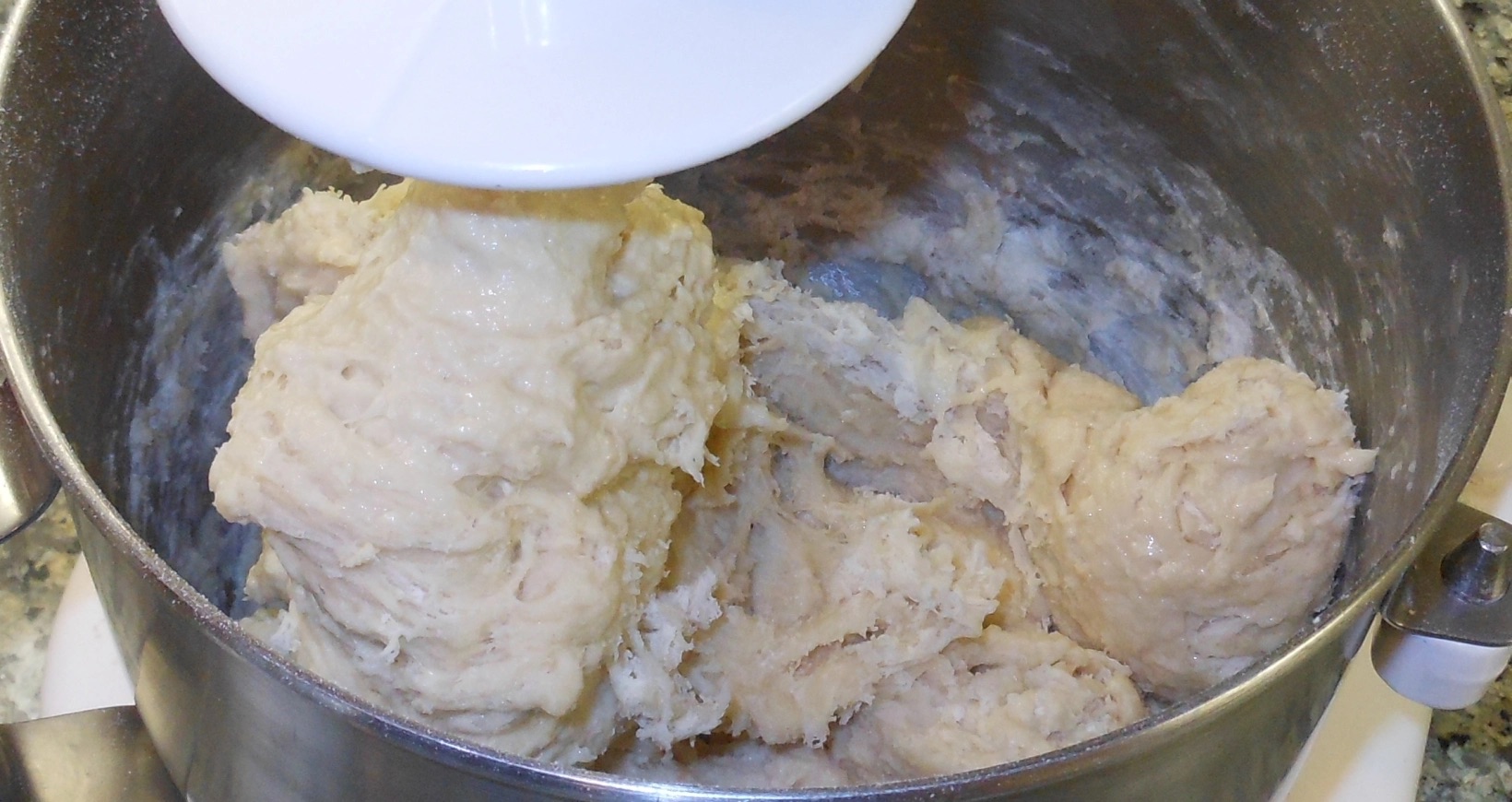
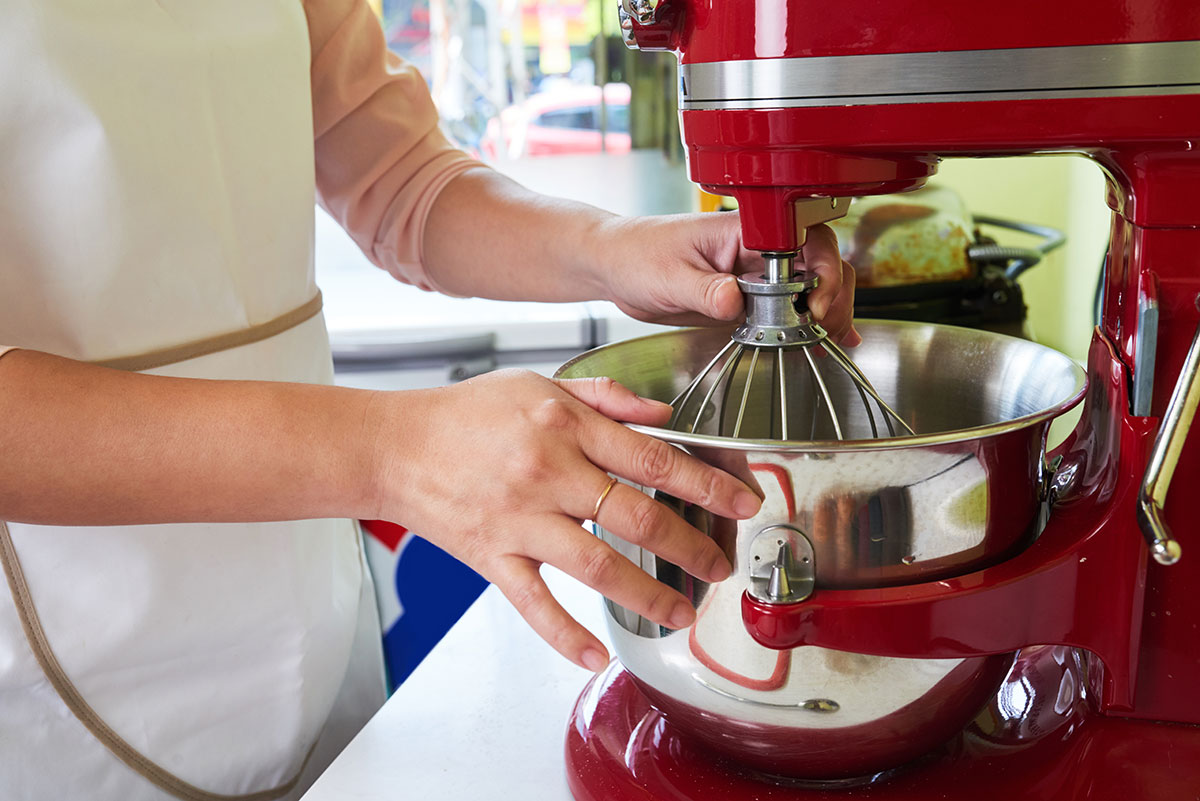
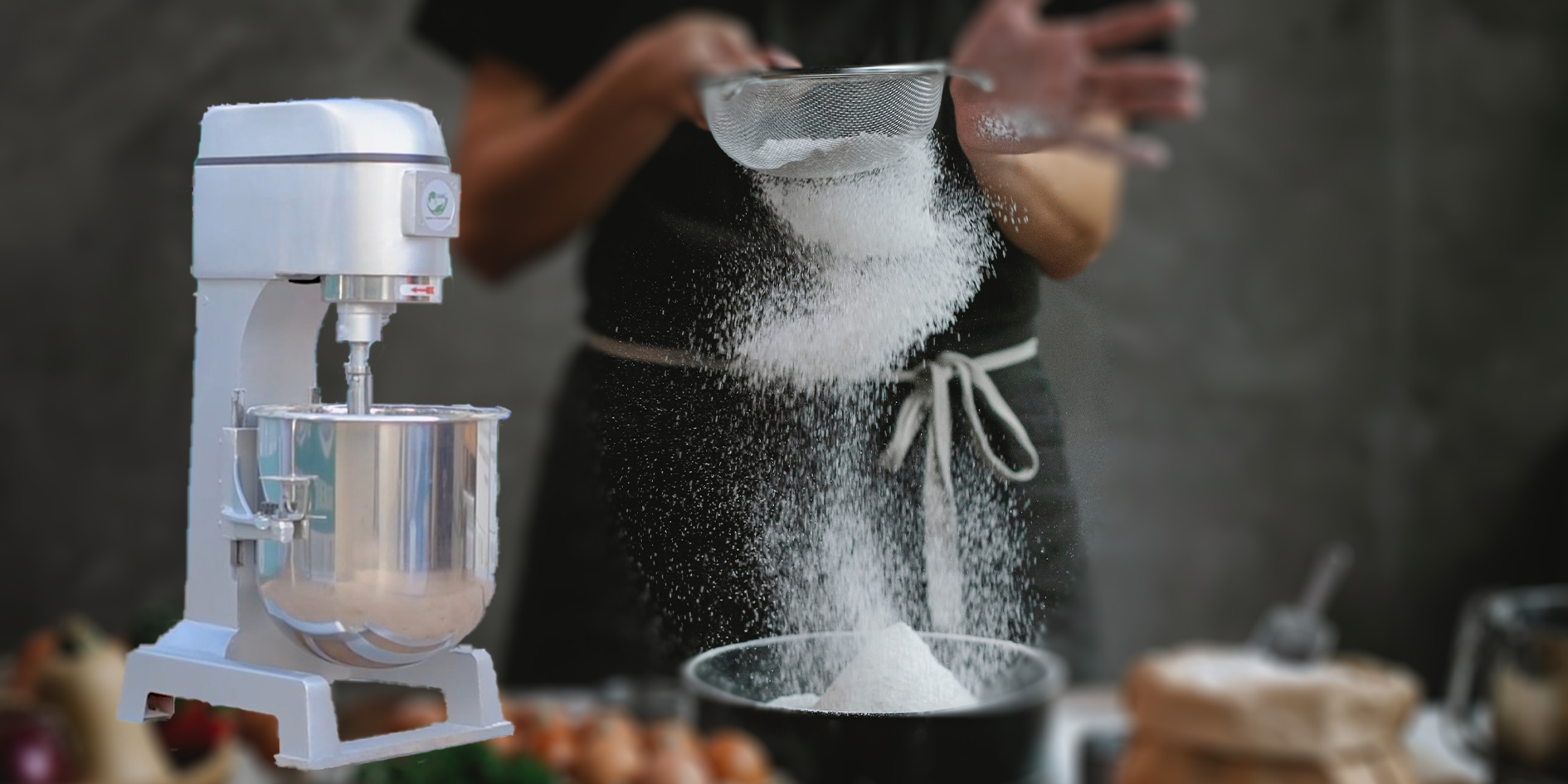
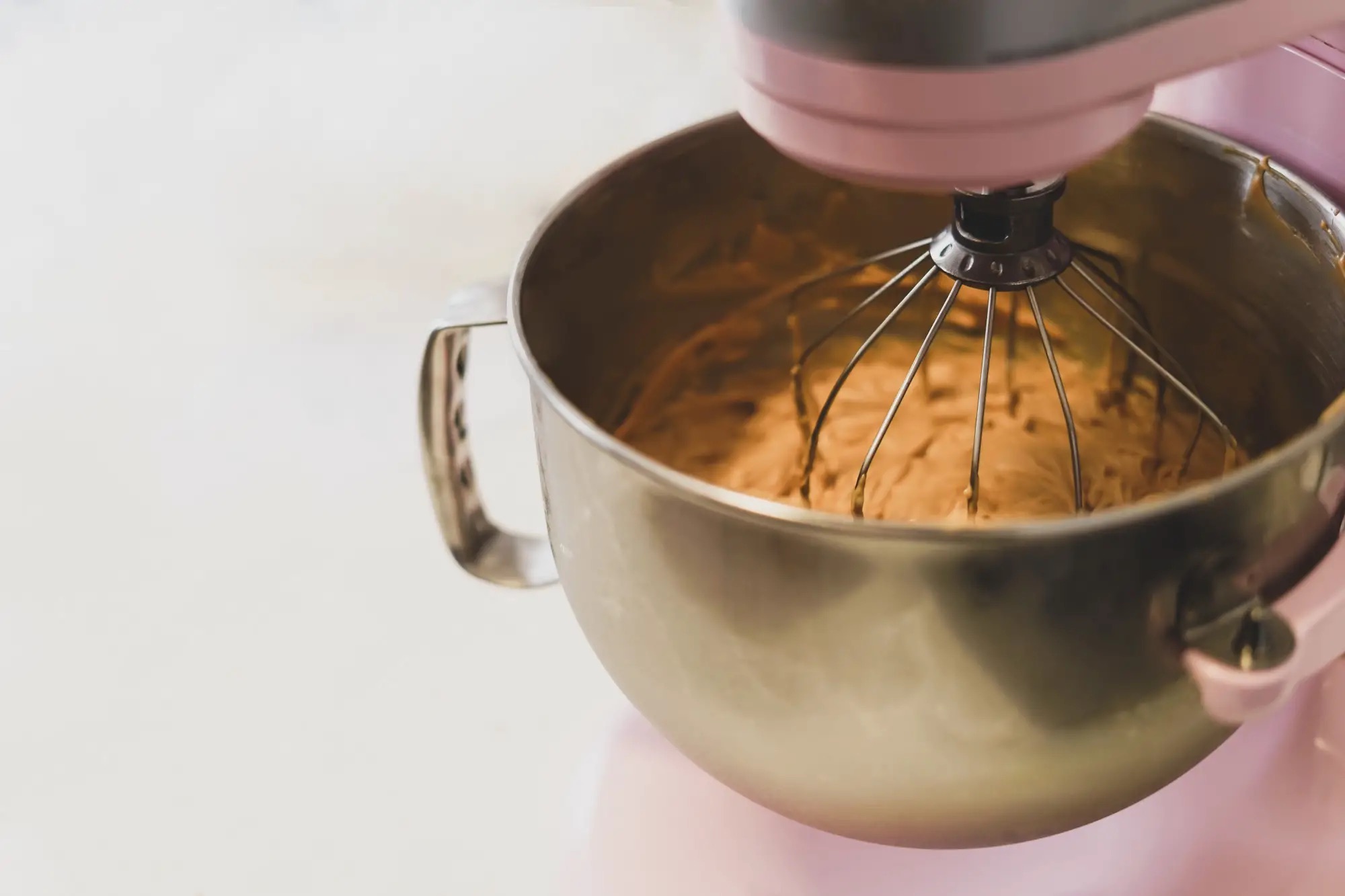
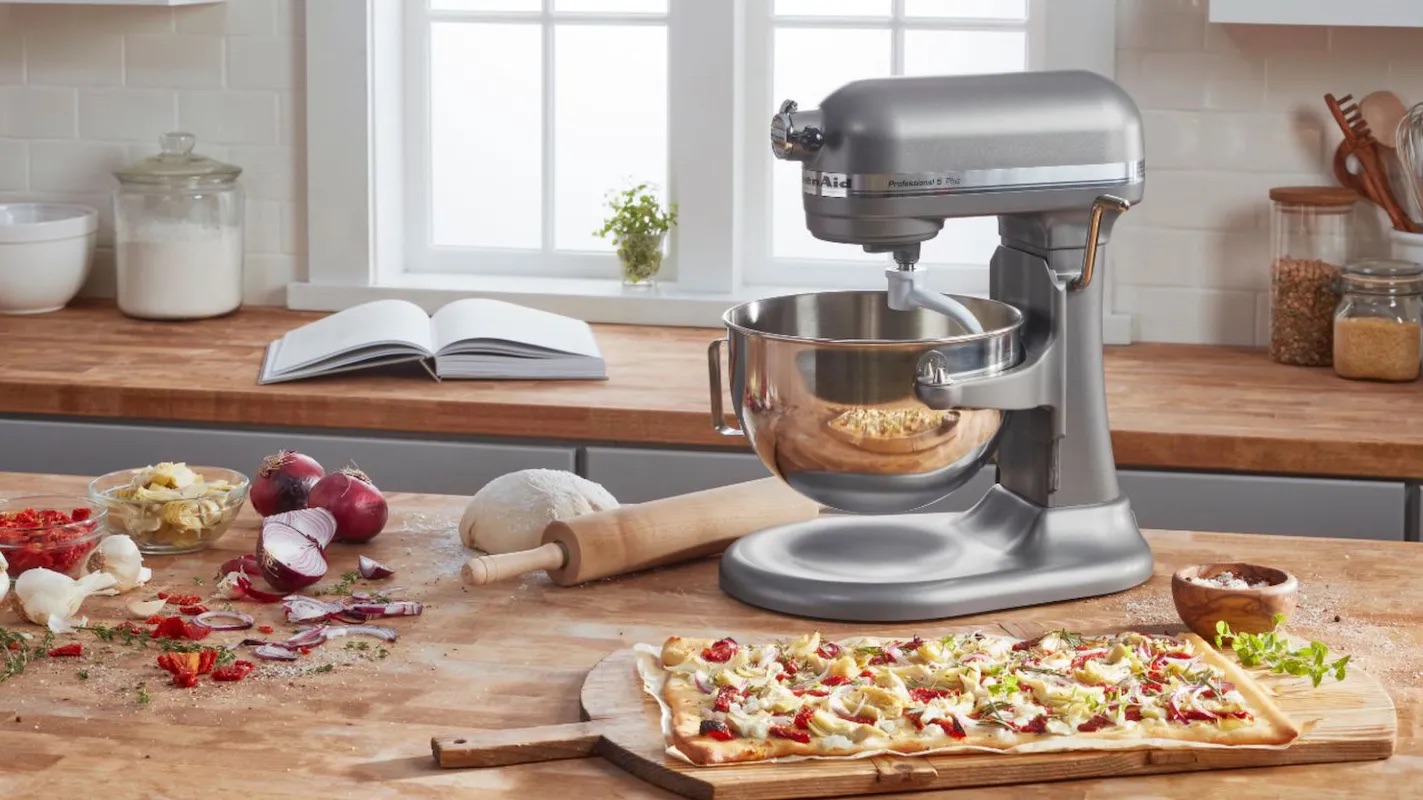
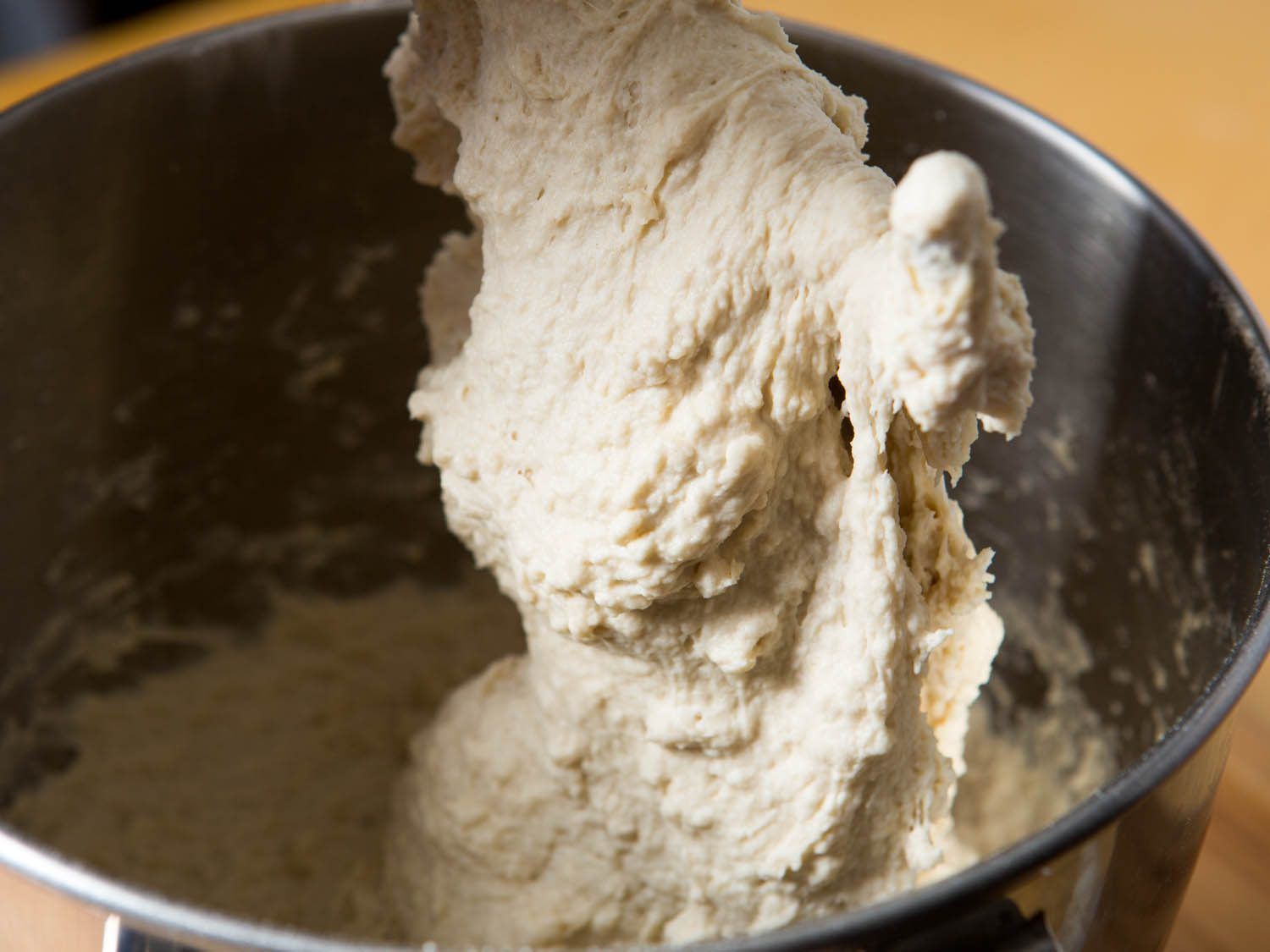
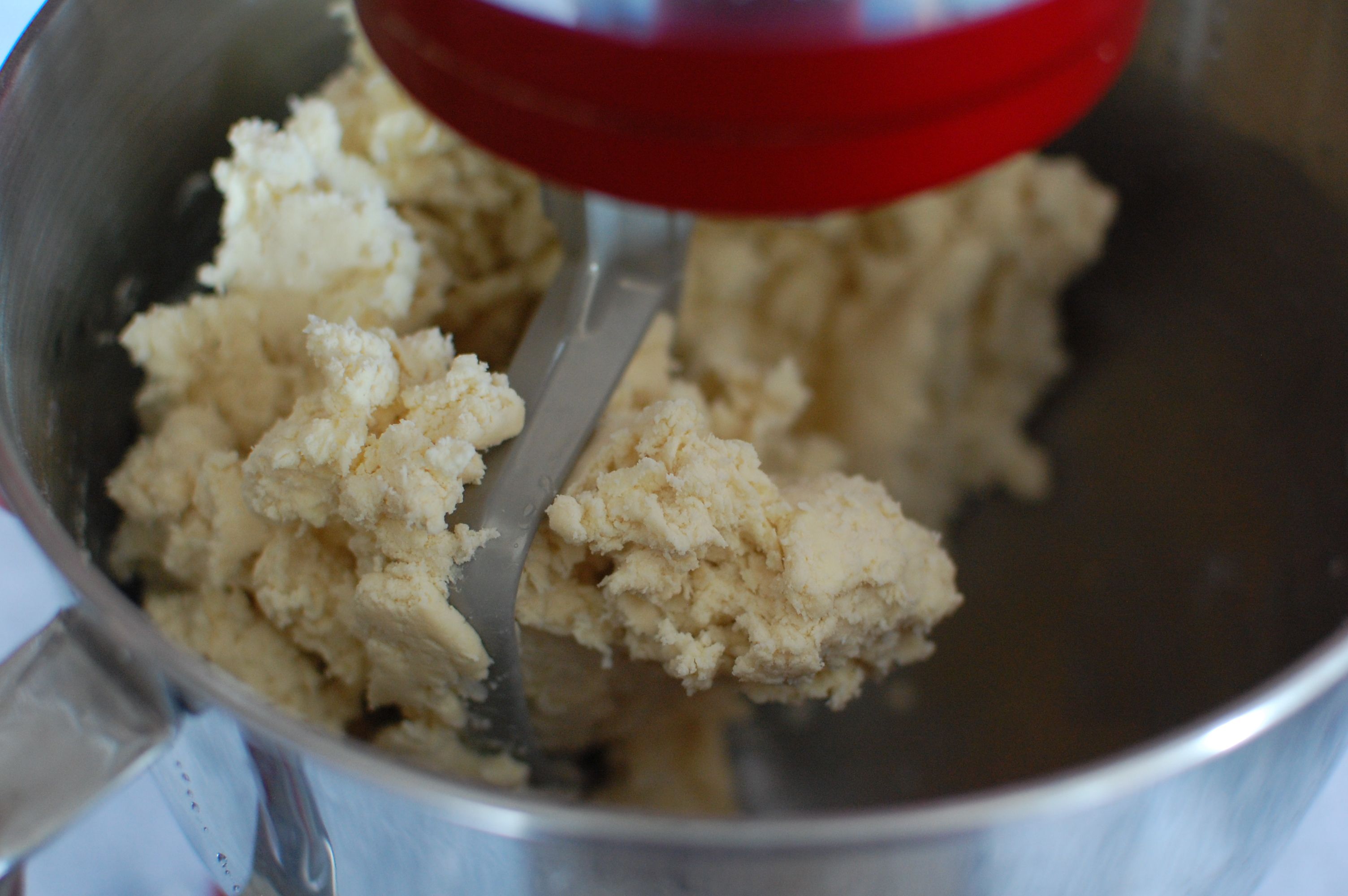
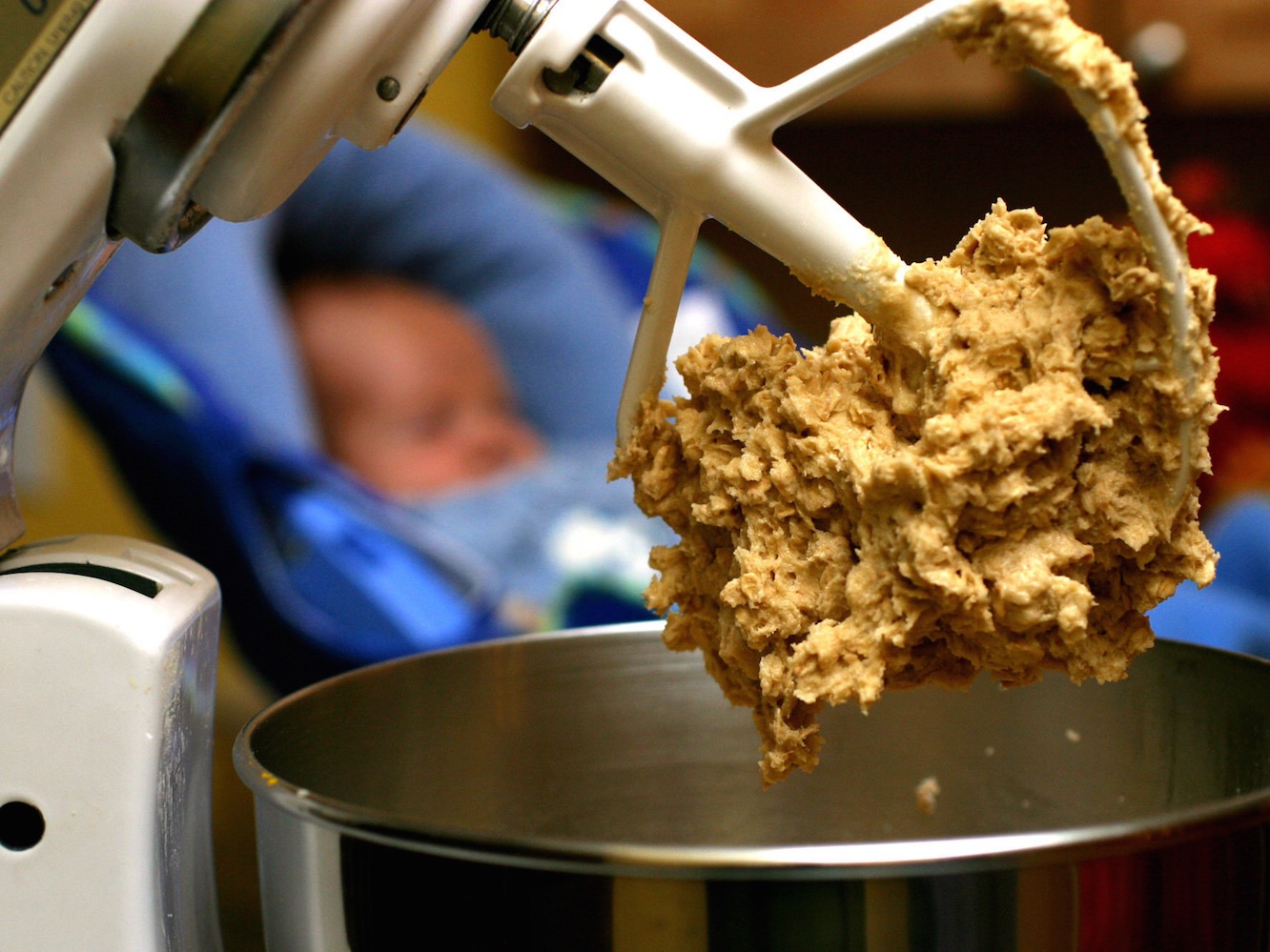
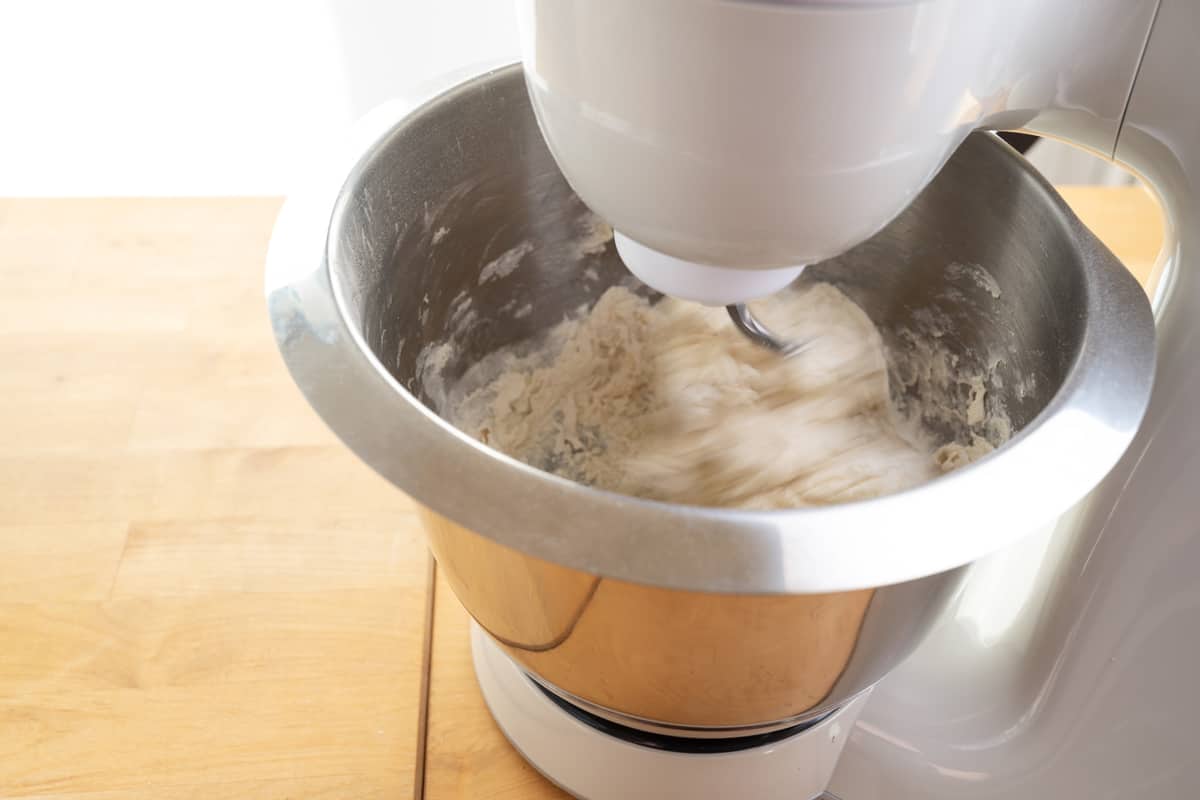
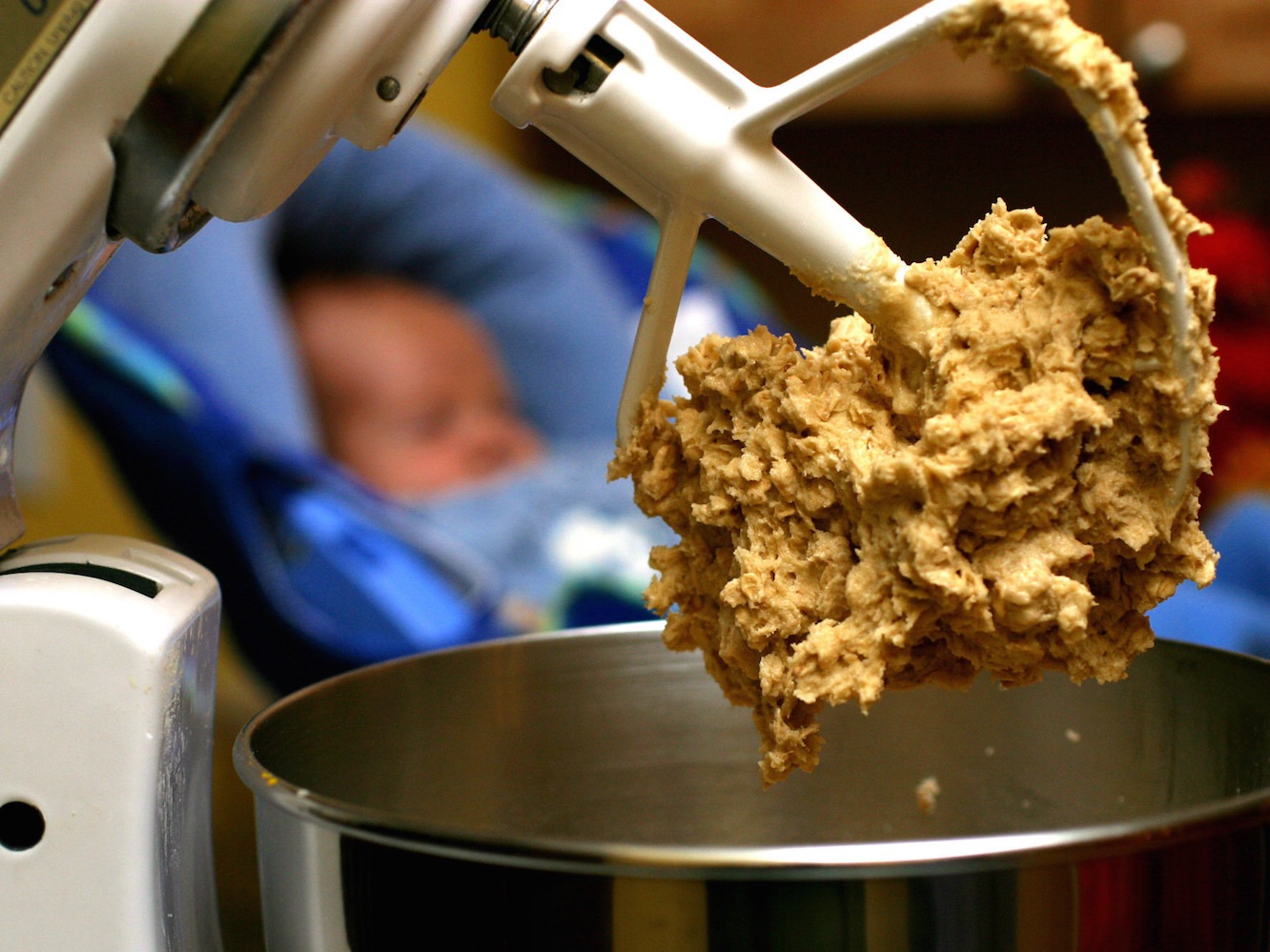
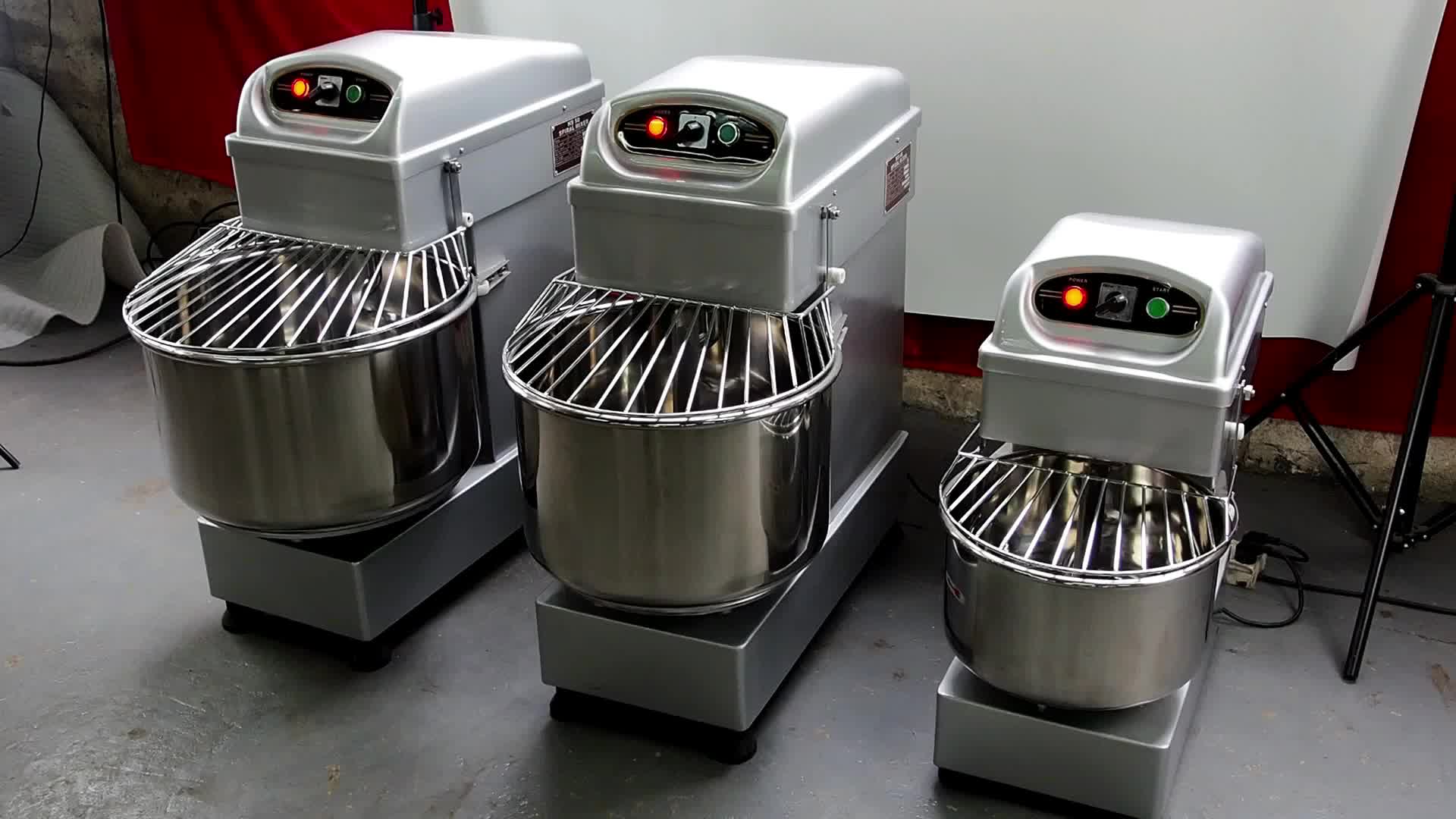
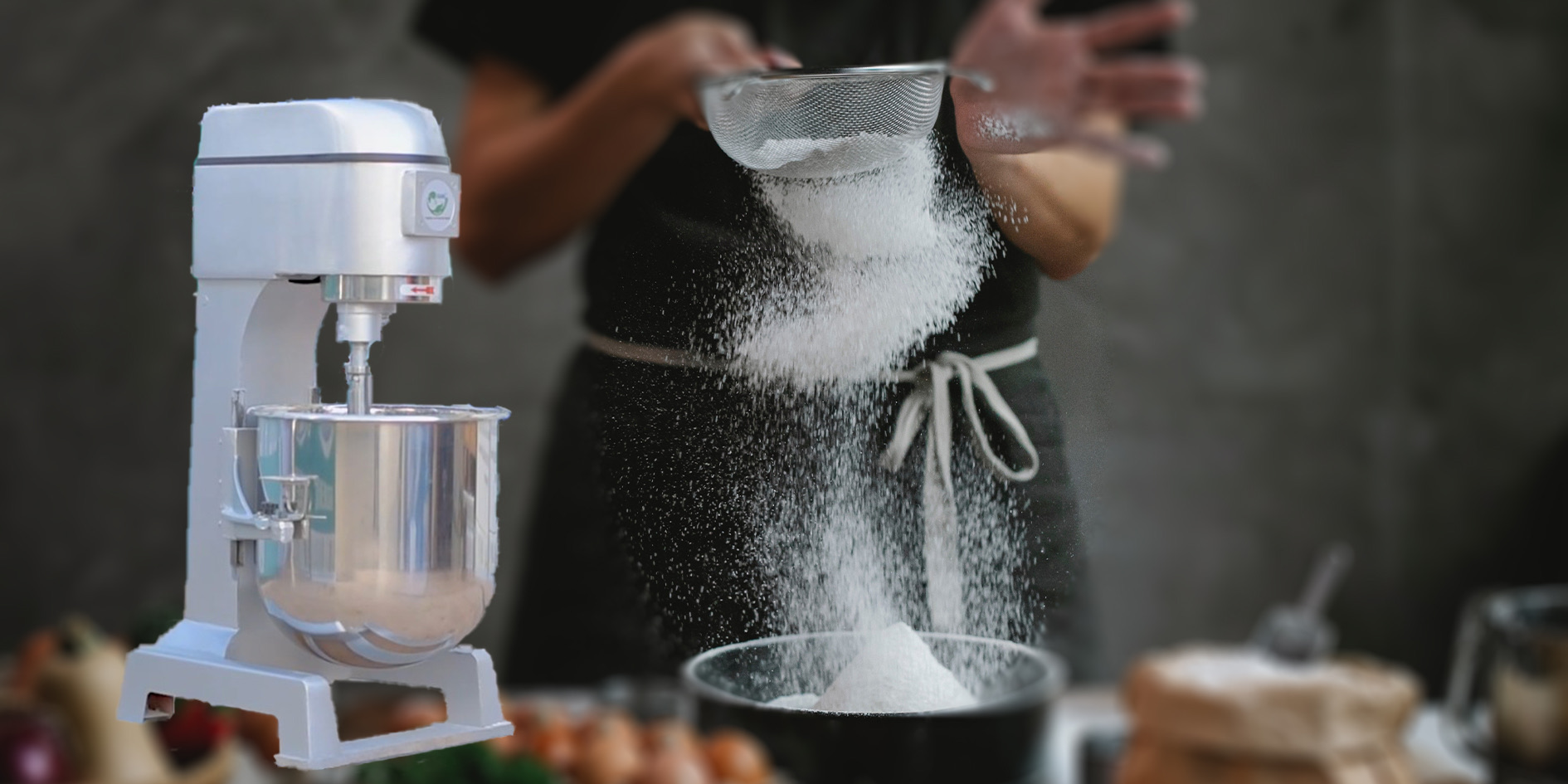
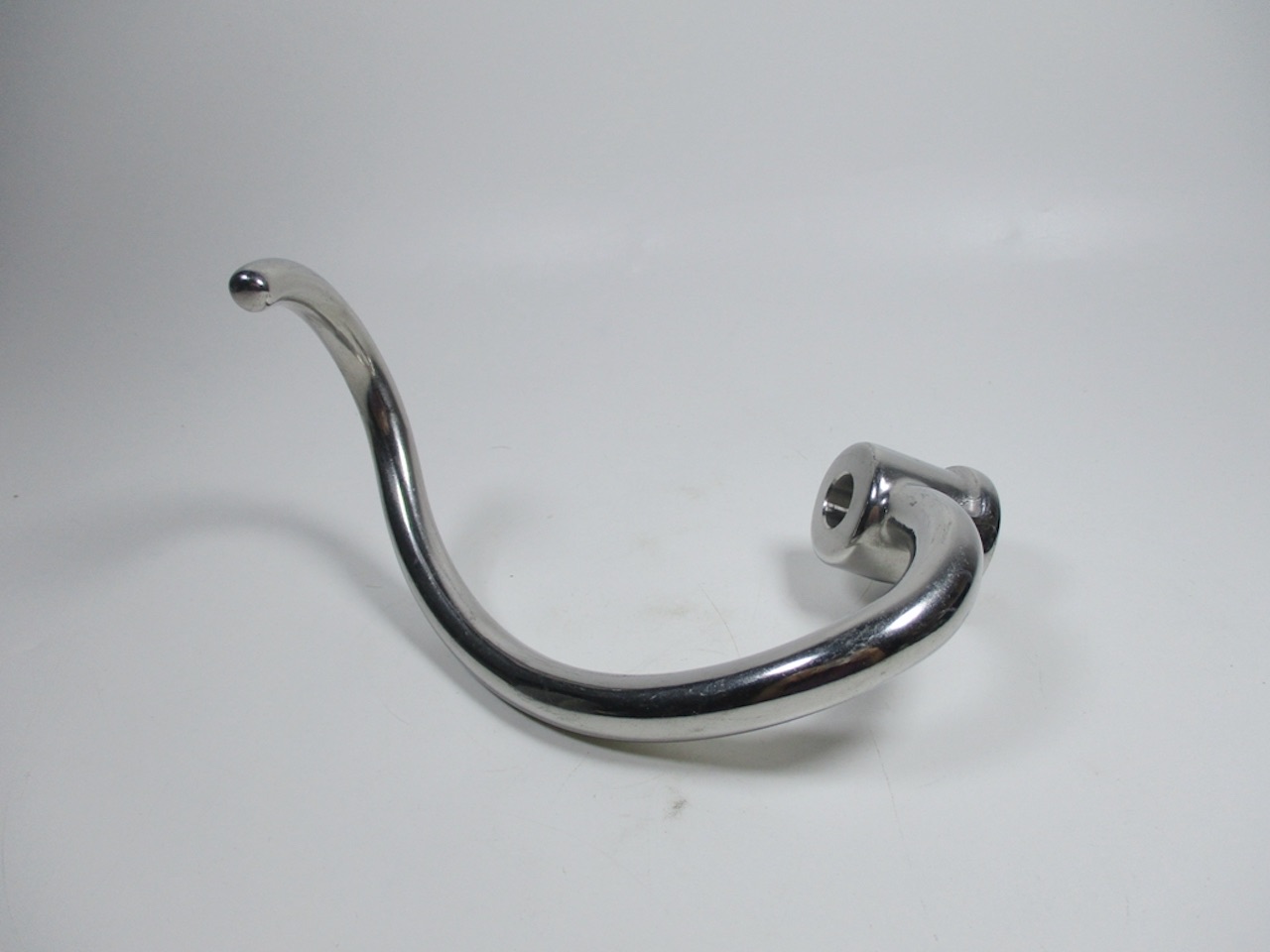

0 thoughts on “How To Knead Dough In A Stand Mixer”